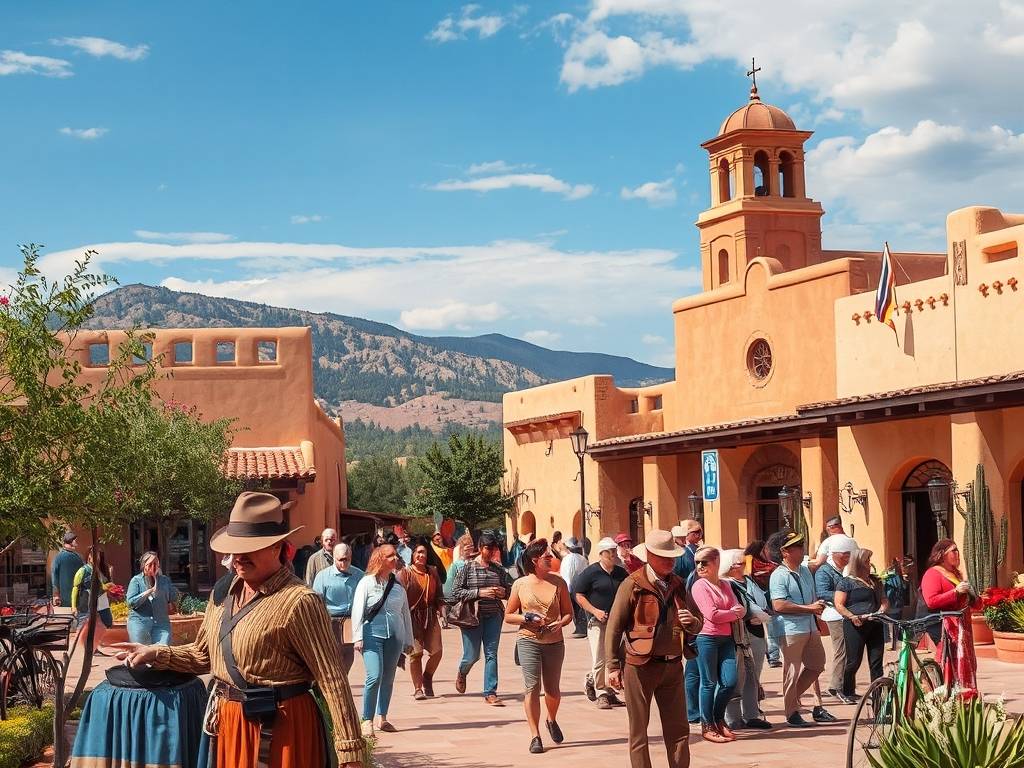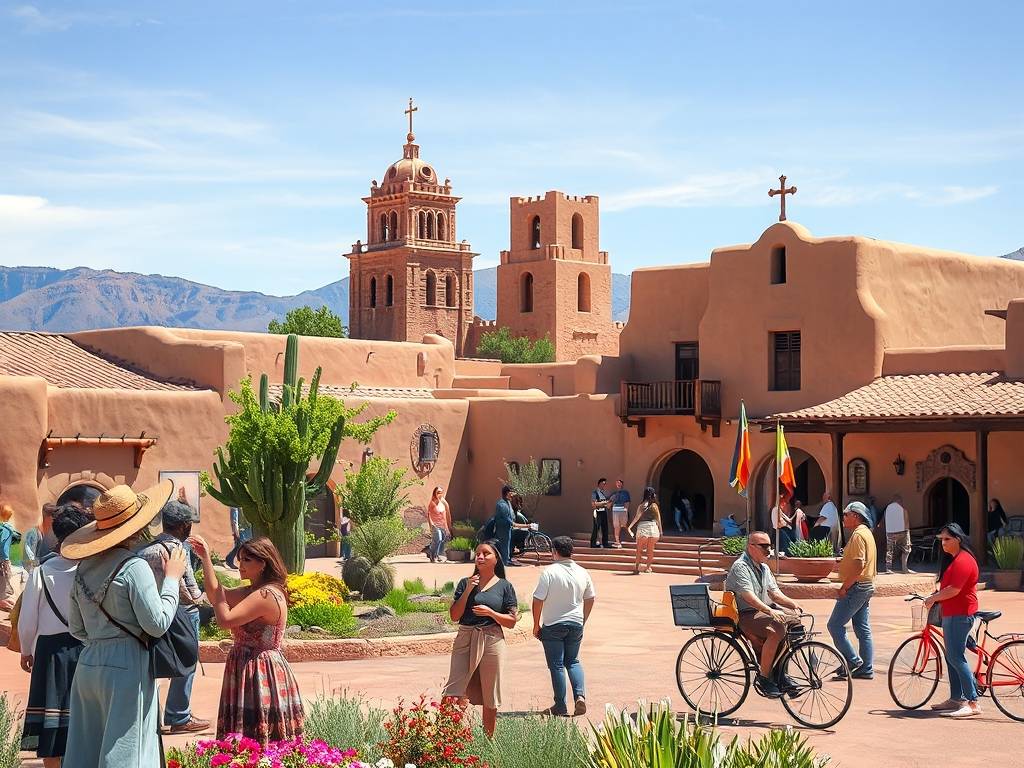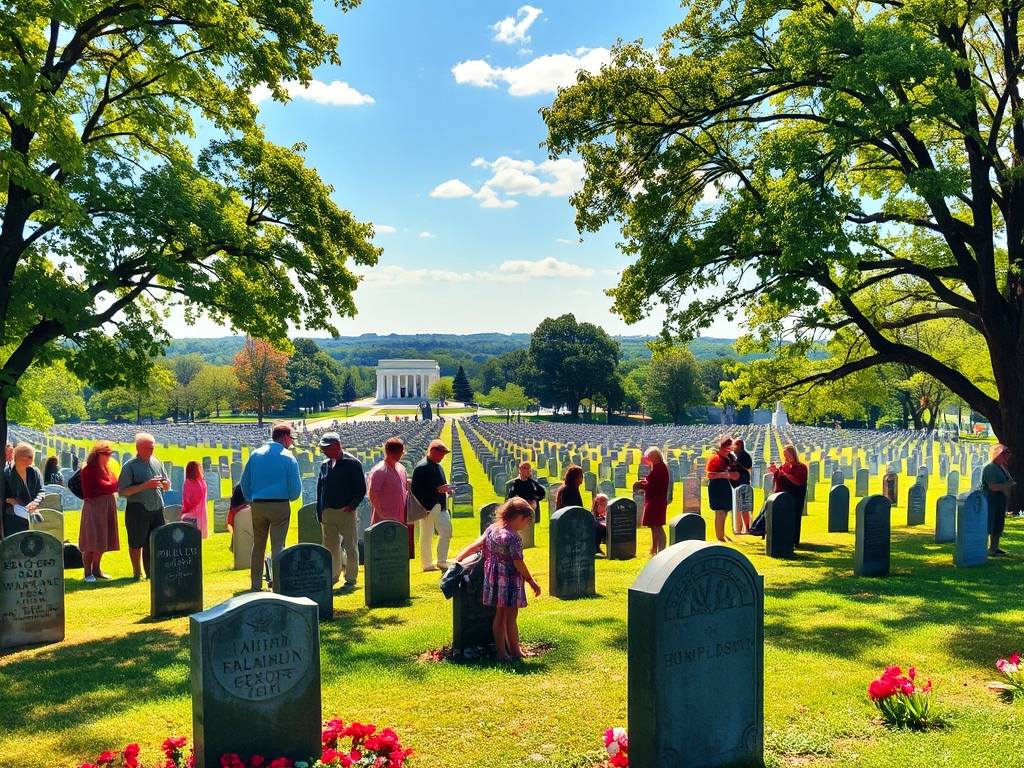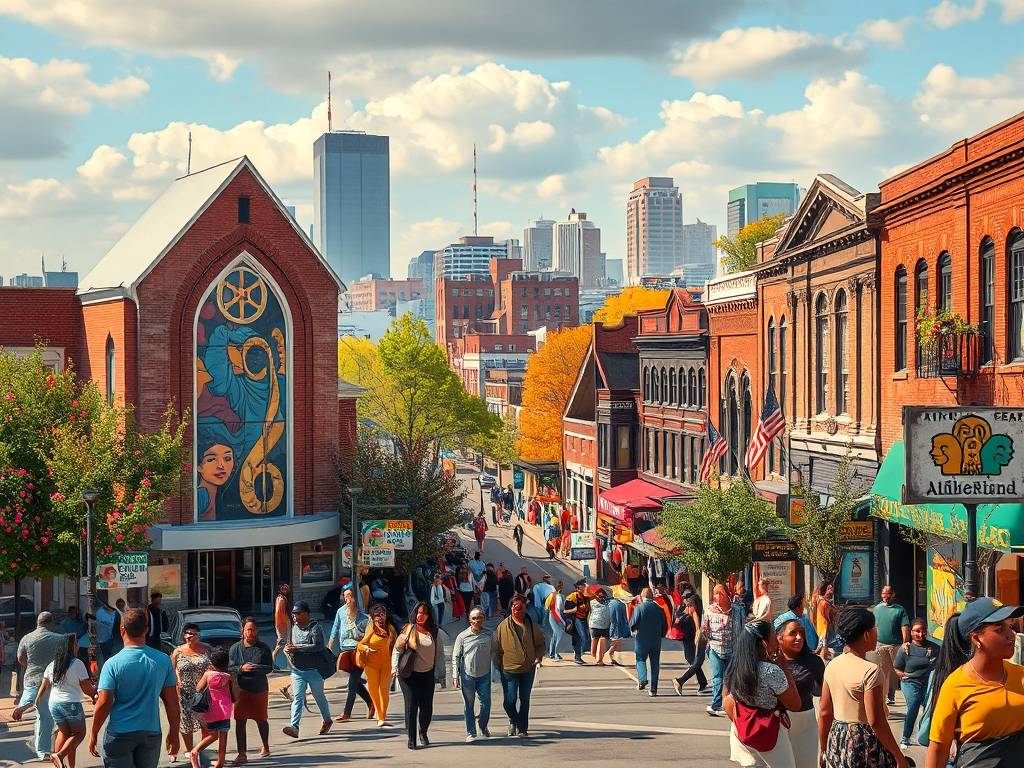USA Travel
US Travel: Spanish Colonial History Tours in New Mexico’s Santa Fe
Santa Fe: A Journey Through America's Spanish Soul
Close your eyes for a moment and picture the American Southwest. What do you see? Perhaps vast deserts, rugged mountains, and the iconic imagery of cowboys and Native American art. But nestled in the heart of this landscape is a city that tells a far older, richer, and more European story—one that begins not with the English, but with the Spanish. Welcome to Santa Fe, the oldest capital city in the United States, where the air is thin, the light is golden, and the echoes of Spanish colonial history are woven into the very fabric of its adobe walls.
A trip to Santa Fe is more than a vacation; it's a journey back to the 16th century. Founded around 1610 by Spanish colonists, it served as the northern capital of the Kingdom of New Spain. This unique heritage makes it the premier destination for anyone seeking an authentic and immersive Spanish colonial history tour in the US. Unlike the East Coast's colonial narrative, Santa Fe’s story is one of conquistadors, missionaries, Pueblo peoples, and a complex cultural fusion that created something entirely new. For the discerning traveler, exploring this history isn't just about seeing old buildings; it's about understanding the deep, layered soul of this region.

Your historical exploration logically begins at the very heart of the city: the Santa Fe Plaza. This central square has been the city's bustling social and governmental hub for over 400 years. It was the terminus of the legendary Camino Real de Tierra Adentro, the 1,500-mile Royal Road that connected this remote outpost to Mexico City. Standing here, you can almost hear the creak of wooden cart wheels and the chatter of traders who traveled for months to bring goods and news from the south. The Plaza is the perfect starting point for any Santa Fe walking tour focused on colonial heritage, as every path from here leads to a piece of history.
From the Plaza, a short stroll leads you to the most iconic symbol of Santa Fe: the San Miguel Mission. Often called the oldest church in the United States, its original adobe structure was built by Tlaxcalan Indians from Mexico under the direction of Spanish friars around 1610. Stepping inside is a powerful experience. The air is cool and smells of aged wood and candle wax. Your eyes are drawn to the massive, hand-hewn vigas (log beams) on the ceiling and the stunning reredos (altar screen). This mission is a tangible link to the earliest days of Spanish settlement and their efforts to evangelize the region. It’s a cornerstone site for any New Mexico Spanish heritage exploration.
No discussion of Spanish colonial power is complete without a visit to the Palace of the Governors. This long, low-slung adobe building facing the Plaza is the nation's oldest continuously occupied public building. For centuries, it was the seat of Spanish, then Mexican, and later American territorial government. Today, it operates as a history museum, part of the New Mexico History Museum complex. Walking through its rooms, you'll uncover artifacts that tell the story of Santa Fe's founding, the tumultuous Pueblo Revolt of 1680, and the eventual Spanish reconquest. It provides the crucial political and administrative context to the spiritual narrative of the missions.
Yet, the Spanish colonial experience in Santa Fe wasn't confined to government and religion; it was a way of life. To truly grasp this, you must venture a few blocks away from the Plaza to El Rancho de las Golondrinas. This living history museum, set on a 200-acre ranch, was once a stopping point on the Camino Real. Here, history breathes. Costumed interpreters demonstrate the blacksmithing, weaving, and farming techniques of the 18th and 19th centuries. You can explore a colonial-era molino (grist mill), a fortified torreón (watchtower), and traditional haciendas. A visit here is arguably the best family-friendly Santa Fe history tour, offering a hands-on understanding of what daily life was like in Spanish colonial New Mexico. It answers the question of how people lived, worked, and survived in this rugged environment.
The Spanish influence is not locked away in museums; it is alive in the city's vibrant art and culture. The distinctive Spanish-Pueblo Revival architecture, characterized by rounded edges, flat roofs, and exposed wood beams, was mandated as the official city style in 1912. This deliberate choice has preserved the city's unique aesthetic, making every street a visual delight. This architectural tradition is magnificently displayed in the Cathedral Basilica of St. Francis of Assisi. Built under the direction of Archbishop Jean-Baptiste Lamy (the inspiration for Willa Cather's Death Comes for the Archbishop), this Romanesque cathedral stands on the site of an earlier adobe church. It represents the enduring Catholic faith the Spanish brought and is an active, cherished place of worship today.
Furthermore, the Spanish colonial legacy is palpable in the local language, food, and festivals. Many street signs are in Spanish, and the local New Mexican cuisine—a unique branch of Mexican food—is a direct descendant of Spanish and Pueblo culinary traditions. Dishes like posole, sopaipillas, and the Christmas-time biscochitos (the official state cookie) all have their roots in this era. Participating in a festival like Santa Fe Fiesta, which commemorates the Spanish reconquest of the city in 1692, is a vibrant, living history lesson filled with music, dance, and pageantry.

For those looking to plan a cultural trip to Santa Fe focused on this theme, timing and approach are everything. The city is at its most beautiful and temperate in the fall, when the aspens are golden and the summer crowds have thinned. To truly connect with the history, don't just rush from site to site. Slow down. Sit on a bench in the Plaza and people-watch. Wander down the narrow, winding lanes of Canyon Road, once a residential area for Spanish families and now a world-renowned art district. Pop into a quiet chapel like the Loretto Chapel to see its miraculous spiral staircase. Join a guided Santa Fe walking tour led by a knowledgeable local who can share the stories and secrets that placards cannot.
Ultimately, a journey through Santa Fe's Spanish colonial past is a journey into the very essence of the American story—a story of exploration, conflict, faith, and resilience. It’s a narrative that challenges a simplified version of US history and reveals a complex, beautiful, and sometimes difficult tapestry. It’s about walking where Spanish explorers walked, praying where missionaries prayed, and trading where merchants traded. So come to Santa Fe. Let its ancient walls whisper their stories to you. Discover why it remains, centuries later, not just a destination, but a profound and unforgettable experience—the City Different, with a truly Spanish soul.
相关文章
- US Travel: Native American Powwow Experiences in Oklahoma
- US Travel: Historic Lighthouse Tours in Maine’s Portland Head
- US Travel: WWII Museum Visits in Louisiana’s New Orleans
- US Travel: Pioneer History Sites in Nebraska’s Omaha
- US Travel: Art Deco Architecture Tours in Florida’s Miami Beach
- US Travel: Historic Railroad Tours in Colorado’s Durango
- US Travel: African American Heritage Museums in Michigan’s Detroit
- US Travel: Civil War Cemetery Visits in Virginia’s Arlington
- US Travel: Early American Settlement Tours in Massachusetts’s Plymouth
- US Travel: Mining History Museums in Nevada’s Reno
发表评论
评论列表
- 这篇文章还没有收到评论,赶紧来抢沙发吧~


